When it comes to choosing fiber patching in a structured cabling system, there are a variety of product options available, but they all fall under two general categories: open or closed. Open patching typically means that connectivity is installed in a standard 19" or 23" patch panel with patch cords, trunks and cables easily accessible from the front and the rear. Closed patching involves an enclosure that provides extra protection and security at the connection point.
When it comes to rack-mount patching, which do you choose: open design patch panels or enclosures with a closed design? This largely depends on the type of environment or network application you're working on. Here are some suggestions:
| Open or Closed | Illustration | Description |
| Closed | 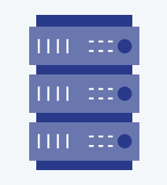 |
Patching in Open Frame Racks - Enclosures As racks leave mounted equipment more exposed and accessible, it may be prudent to install fiber enclosures in racks. Enclosures provide extra protection, preventing fiber connections from bumping or jostling. They keep out potential dust or debris, and locking options are usually available for extra security, if necessary. |
| Open |  |
Patching in Rack Cabinets - Panels Unlike racks, network cabinets provide more protection from the elements and added security. While the protection enclosures provide makes sense for open racks, that protection becomes redundant in a cabinet with doors. For this reason, panels may make more sense for cabinets |
| Closed | 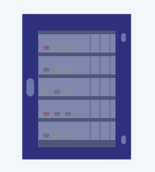 |
Additional Security - Enclosures Most enclosures offer doors with a locking feature, limiting access to only those who are authorized, giving them an advantage over panels. However, there are cases where this added security might be redundant, such as in a high-security data center where access is already limited to a few network managers or technicians. |
| Open | 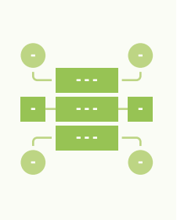 |
Networks Requiring Fast Deployment or Frequent MACs - Panels Patch panels allow for faster installations, especially when deploying panels with snap-in fiber cassettes. That said, some manufacturers — including Leviton — offer preloaded enclosures to help speed up deployment and installation. The open nature of patch panels also make them easier and faster to access during network maintenance. However, there is also a case to be made for enclosures in high activity areas, as the extra protection they provide can eliminate the potential for accidental bumping or mashing of connection ports and patch cables. |
| Closed | 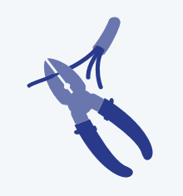 |
Splicing - Enclosures Field splicing creates a more fragile environment for the fiber, and it usually results in a length of loose fiber slack that is better tucked away. While splices are often housed in modules, cassettes, or trays, they are best housed in an enclosure for additional protection. |
| Closed | 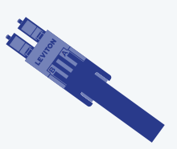 |
Field Terminations - Enclosures As with field splicing, field terminations of fiber connectors require careful installation and handling, and are better maintained in the protection of an enclosure instead of an open patching field. |
| Open | 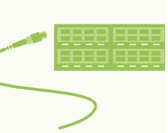 |
Pre-terminated Connectivity - Panels Pre-terminated plug-and-play trunks, harnesses, and patch cords come with the assurance of high-quality factory assembly, and are ideal for those who need fast deployment. For these reasons they are a strong fit for a more accessible open patching environment. |
Leviton’s popular fiber patching systems serve all types of customers and applications, with a wide range of open and closed patching. Check out their solutions below:

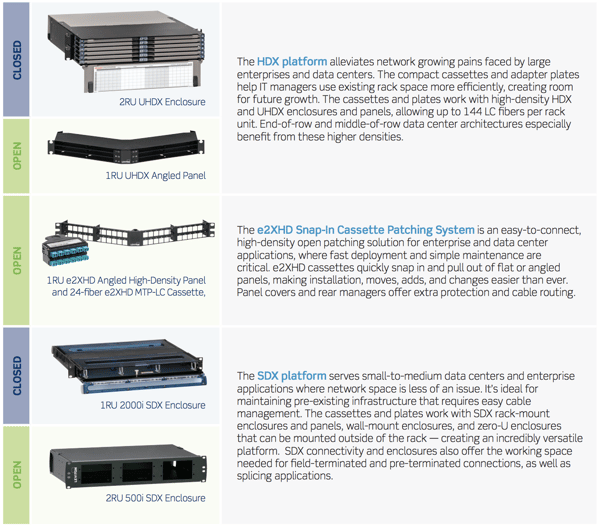

.png?width=58&height=58&name=X_logo_2023_(white).png)
